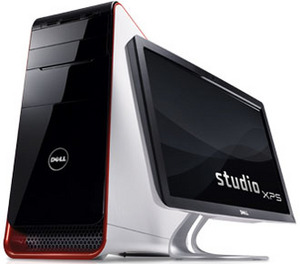So you got a new computer, awesome! You got everything attached and set up. Now you want to get all of your old files off of your old computer and put them on your new computer right? It’s easy! The best part is that you don’t even have to buy anything or pay anybody to do it for you. You are like superman! [or superwoman]
The first thing you need to do is unplug your computer, take the cords completely off so that you only have the box with nothing plugged into it. Next you need to press your power button in for 10 seconds [I know it isn’t plugged in, this is to make sure you don’t short anything out.]
I am going to scare you when I tell you the next part but it is going to be ok I promise. You need to get your old computer and open it up. Literally. You need to take the screws off the back and open the case up. This is probably going to make you uncomfortable especially if you have never done it before but everything will be fine, I promise.
Most computers have two screws in the back that unscrew and the side of the case will be free to slide backwards and out. Some older computers have a lever that you can pull or buttons that you can push in to get the case off. You can’t hurt anything by taking the case off. I have been running with my case off for years.
OK, now that you have your case off you can take a bit to look around and get familiar with your computer.
In the top corner of your computer there will be a gray box, your power cable was plugged into this box and this is your power supply. Touch it. Actually put your hand to it. This will ground you so that you don’t short anything out while you are inside.
Now I want you to look for a silver box about an inch thick by six inches long by three and a half inches wide. Or Google “hard drive” and look for that. It will probably be secured into your system by two screws. Once you have found it you need to remove all of the cables that are attached to it, there are probably going to be two wires, one for power and one for data. They will both just pull out but may need a bit of force behind them to come free.
After the hard drive is free of cables unscrew it and slide it out. Take care not to touch the motherboard on the bottom of the hard drive, just hold it by the sides. Once it is free set it somewhere face up [so the motherboard is facing up and not touching anything.]
From here on out its easy street! Unplug, press the power button and open your new computer up. Look for the extra hard drive cable and power cable that should be hanging there and plug them into your old hard drive. Secure the hard drive into the computer and put everything back together! Now your old hard drive is inside your new computer.
Plug everything back in and turn the computer on. Navigate to your old hard drive in “My computer” [it will usually be D: ] once inside your hard drive copy the folder “Documents and Settings” and drop it on your desktop.
If your new computer has the same operating system [ie: Windows XP home to Windows XP Pro ] as your old computer you can actually just paste the entire “Documents and Settings” folder onto the C: drive on your new computer and everything will be exactly where it was on your old computer.
If your computer has a different operating system [ie: Windows XP to Windows 7] You will have to drag your “pictures” folder into your new computer’s “pictures” folder etc etc. You can also just leave it on your desktop and rename it “old computer stuff
If you don’t want to open your new computer up you can go to the electronics store and buy a hard drive enclosure. Look up SATA hard drive connection and IDE hard drive connection pictures to see which one you have. Once you know just tell the person at the store that you need a SATA or IDE hard drive enclosure, they should be like $30.
Once you have that you can install your hard drive inside and plug it into your computer’s USB port and drag the files to their appropriate destination.



